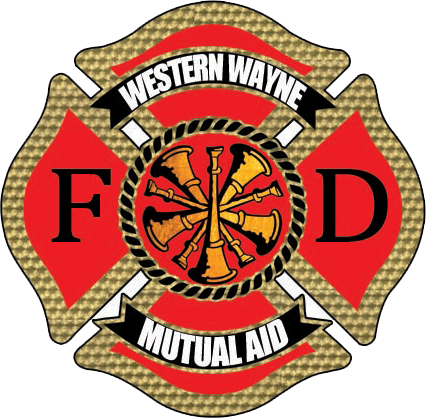Sizeup
Gather facts and make decisions on the course of action. For example, what types of structures are involved, the extent of damage, the layout of the building(s) involved, what hazards are present (such as downed power lines, natural gas leaks, flooding, animals, hazardous materials, or a structure susceptible to additional collapse during the rescue), and what rescue personnel and equipment are available. Structural damage can be categorized as light, moderate, or heavy. Sizeup is an ongoing process which should continue during all phases of search and rescue so operations can be modified as needed.
Search
Searchers should use a buddy system or two-in, two-out system and have backup teams available. Techniques for searching for potential victims are based on identifying possible locations of victims, or areas of entrapment. Areas of entrapment inside damaged structures are called voids. There are several types of voids, such as the pancake void (multiple floors of a building have collapsed diagonally onto each other), and the lean-to void (a single wall or floor has collapsed diagonally against another wall). Voids can also include spaces where victims may have entered for self-protection during a disaster - such as under desks or in bathtubs or closets. Once the potential areas of entrapment have been identified and the potential number of victims sized up, search operations should commence in an orderly manner, beginning with verbally calling out for victims to identify their location if possible, and searching using a systematic search pattern. Possible search patterns include triangulation (using three searchers approaching a potential area of entrapment from three different directions), a right/left search pattern (one team searches the left side and one team the right side of a building), or a bottom-up/top-down search pattern. Searchers should stop frequently to listen for noises or attempted communication from victims; often this can involve all searchers stopping activity at specified periods of time to listen. In situations where multiple structures are searched such as after a hurricane, the outside of buildings can be marked using the FEMA or INSARAG marking systems to indicate buildings which have already been searched, the results of the search, and to avoid duplication of search efforts.
Rescue
Trapped victims are removed and medical aid rendered as necessary. The triage system can be used to prioritize medical aid with those needing immediate attention aided first. Removal or stabilization of debris is often necessary to remove victims. This can be accomplished using leveraging to lift the object, or cribbing (constructing a rectangular wooden framework known as a box crib underneath the object to be stabilized). Leveraging and cribbing can be combined. Victims who are ambulatory can then self-extricate, or victims can be removed using lifts, drags, or carries. Removal of victims should be done so as to avoid any further injury: Where any neck or back injury is suspected, the cervical spine should be immobilized first before attempting to move victims, and dragging should be avoided in situations where the presence of debris (e.g., broken glass) would cause further injury by doing so.
|


